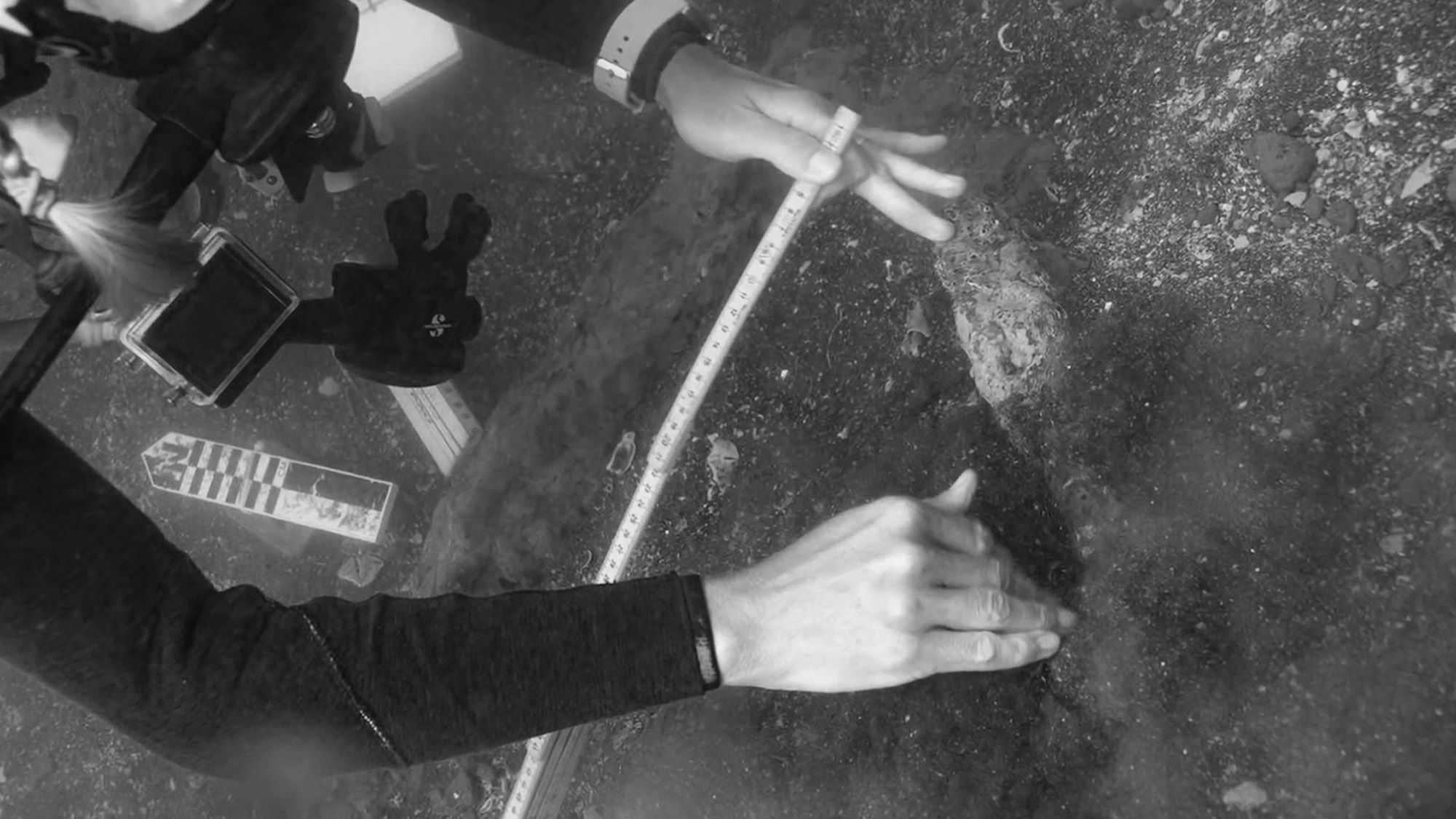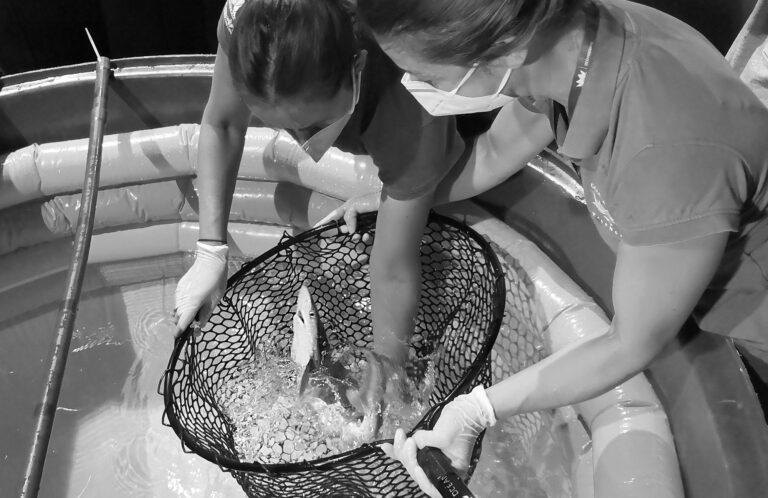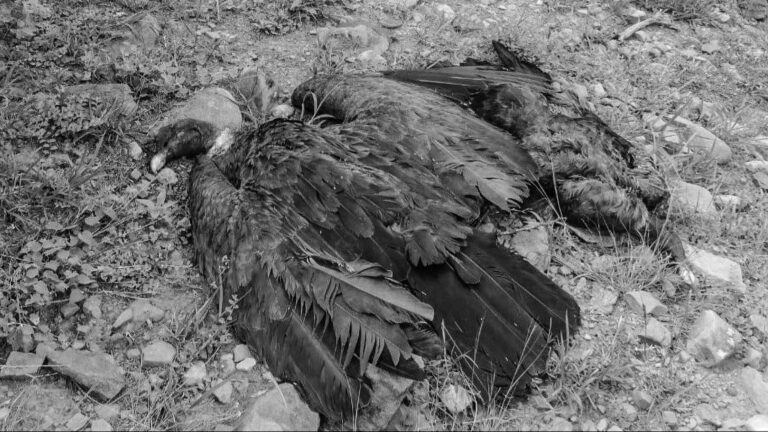Archaeologists have discovered two 16th-century Spanish anchors off the Mexican coast that may have been part of famous coloniser Hernan Cortes’ expedition that caused the fall of the Aztec Empire.
The anchors were discovered off the coast of Villa Rica, a village in the southern Mexican state of Veracruz, at a depth of between 10 and 15 metres (33 and 49 feet).
Video Credit: CEN/INAH TV
The anchors were also buried under around 1.5 metres (5 feet) of sand, according to the National Institute of Anthropology and History (INAH).
Experts believe the iron anchors belonged to 16-Century Spanish vessels due to their shape and position on the seabed.
One anchor is 3.7 metres long with a width of 1.6 metres while the other is 2.6 metres long and 1.4 metres wide.
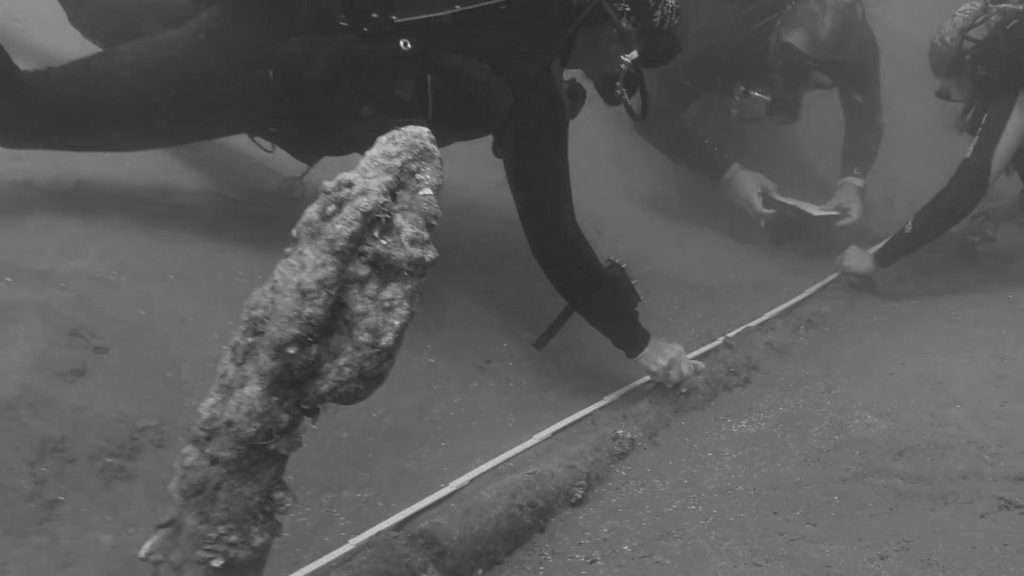
According to the INAH, the anchor may have belonged to a fleet of Spanish ships under the control of famous conquistador Hernan Cortes (1485-1547) as he is believed to have scuppered a number of vessels in the Mexican bay.
Archaeologists have linked the anchors to one found in 2018 just 300 metres from where the latest discovery took place.
Reports said the 2018 anchor dates back to between 1450 and 1530 and was made from a type of oak that grows in northern Spain.
INAH spokesperson Roberto Junco said: “It is not yet clear if the three anchors belong to the same historic moment, but their south-western alignment follows the layout of Villa Rica as a port that protects ships from north and north-westerly winds.”
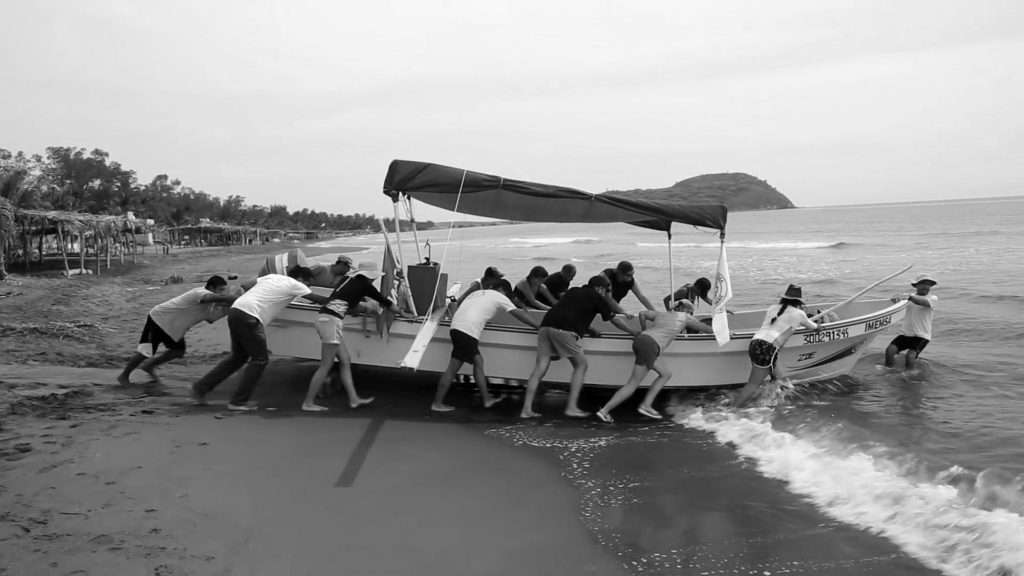
Miami University archaeologist Frederick Hanselmann said: “The Conquest of Mexico was a seminal event in human history and if we can find the shipwrecks they will become symbolic of the cultural collision that led to what is now called the West, geopolitically and socially speaking.”
Hernan Cortes is credited for leading the expedition that caused the fall of the Aztec Empire between 1519 and 1521.
Cortes executed a successful military strategy of allying with a number of indigenous tribes to defeat the Aztecs. He also used a native woman called Dona Marina as an interpreter who later gave birth to his first son.
To find out more about the author, editor or agency that supplied this story – please click below.
Story By: Jonathan Macias, Sub-Editor: Joseph Golder, Agency: Central European News
The Ananova page is created by and dedicated to professional, independent freelance journalists. It is a place for us to showcase our work. When our news is sold to our media partners, we will include the link here.

